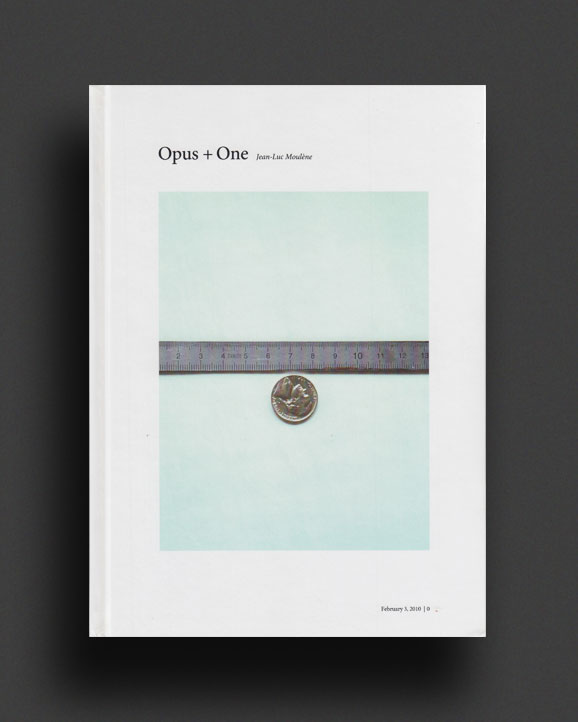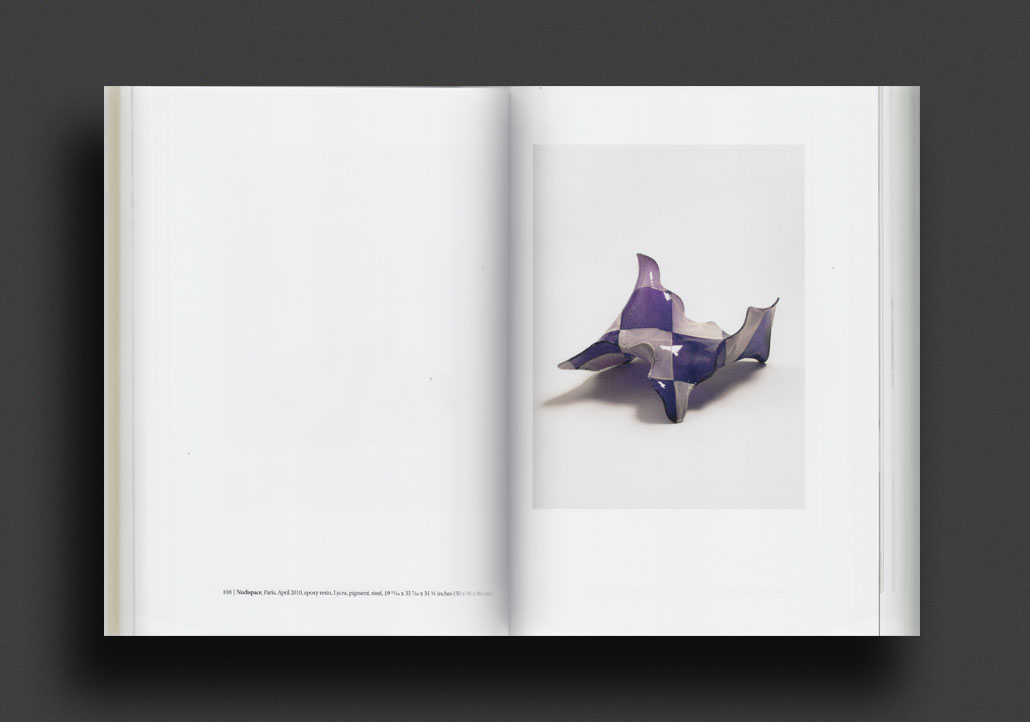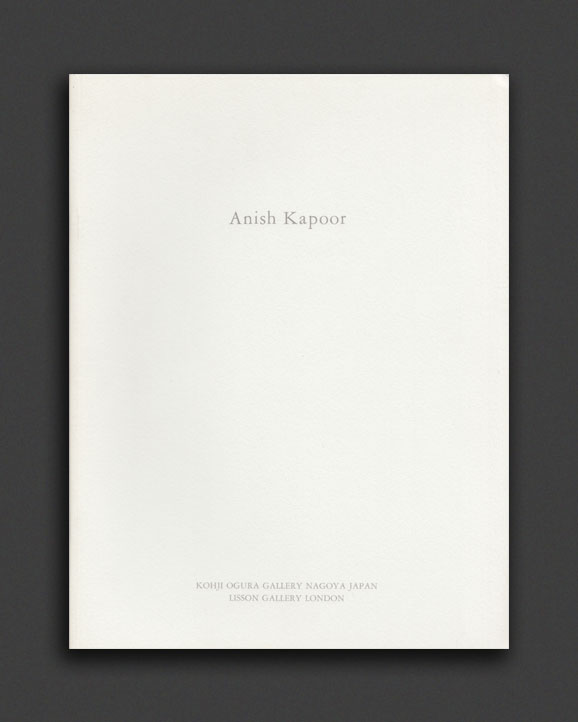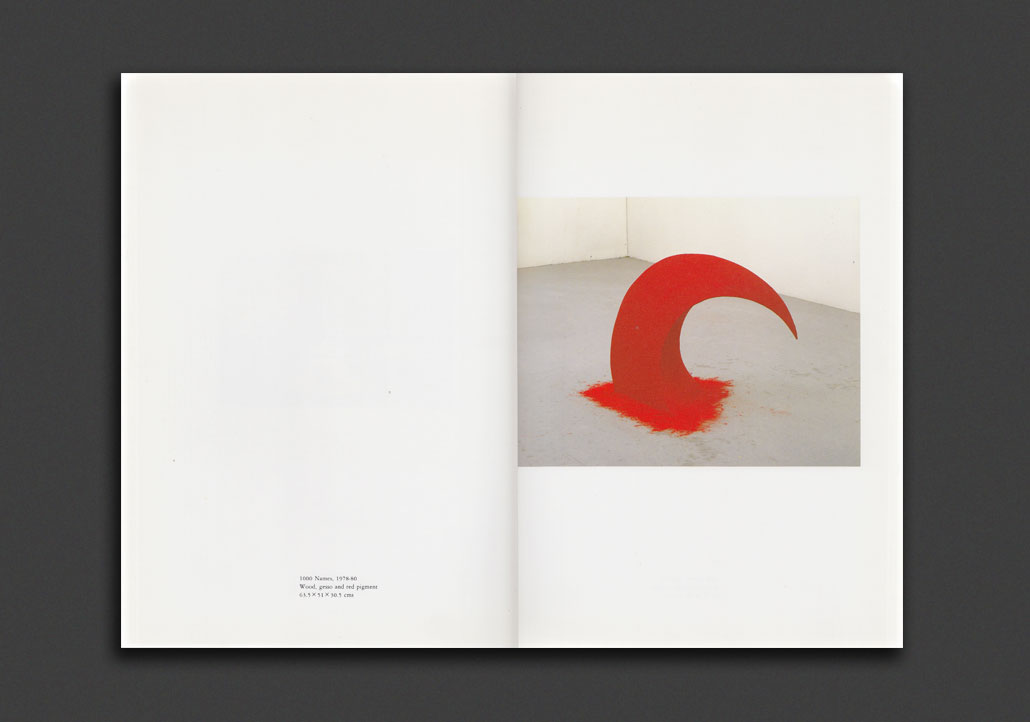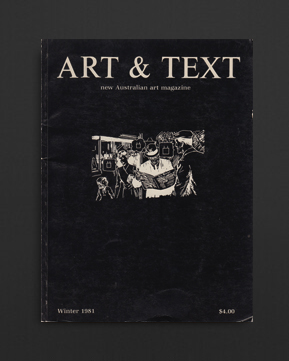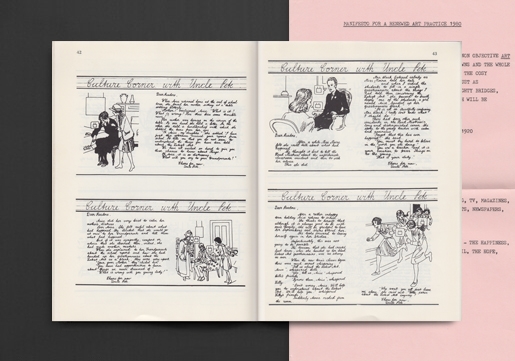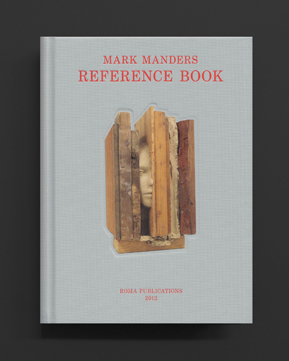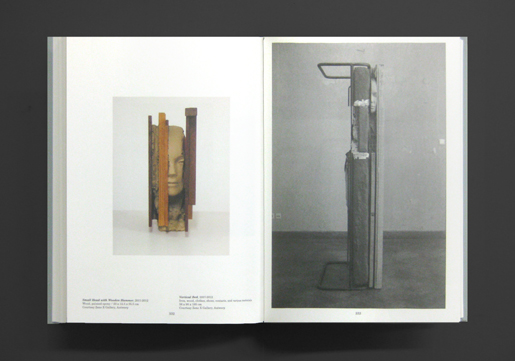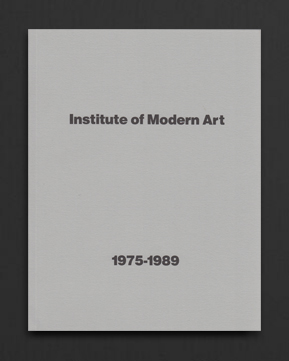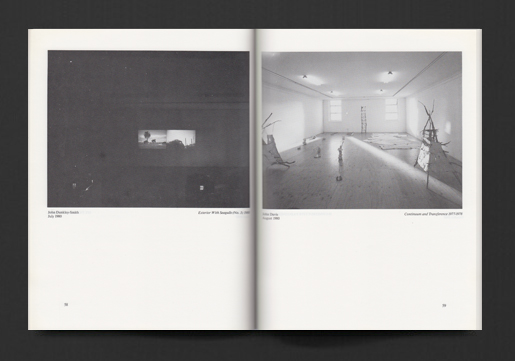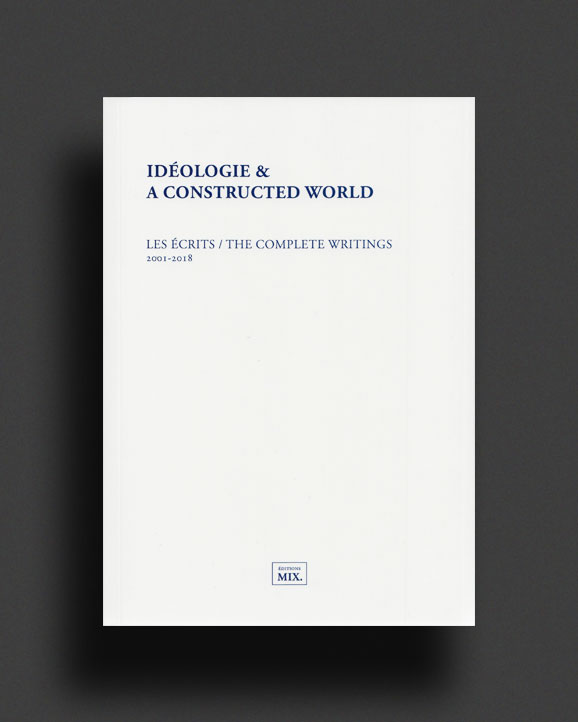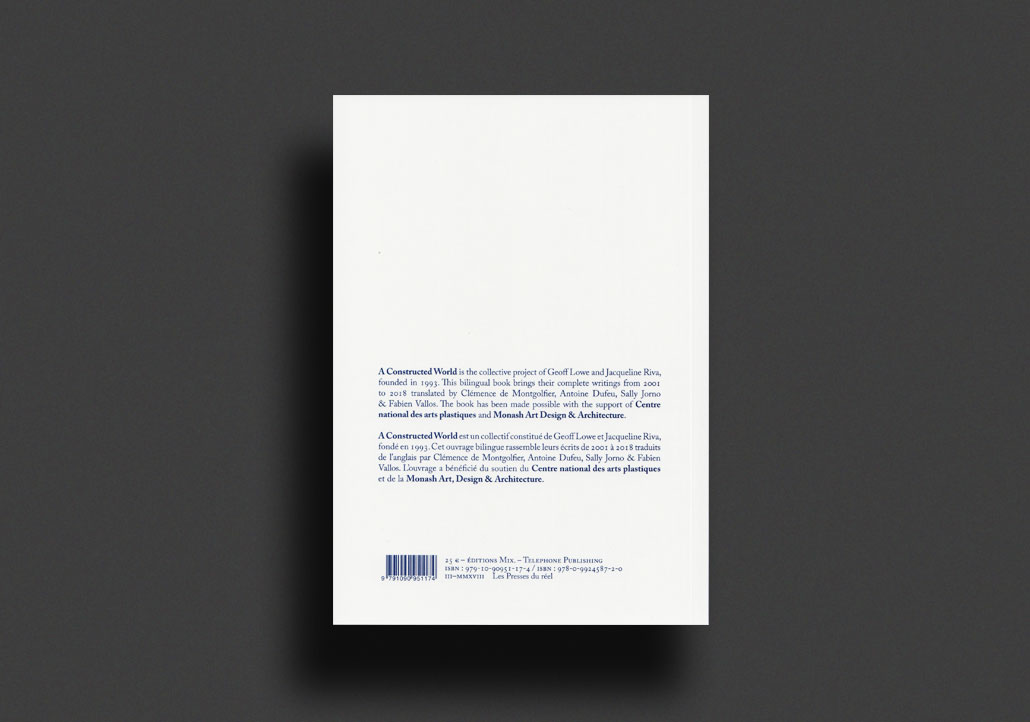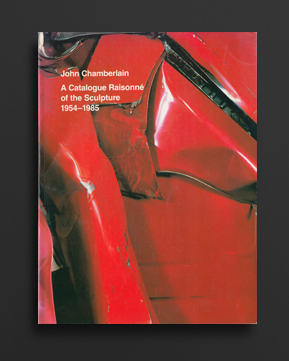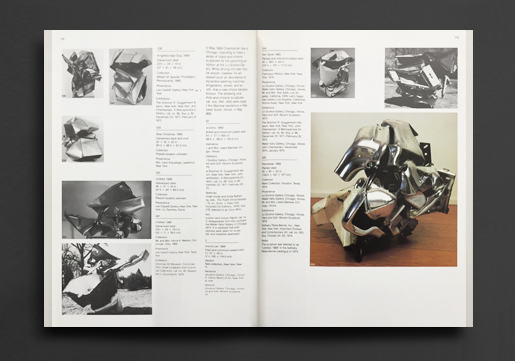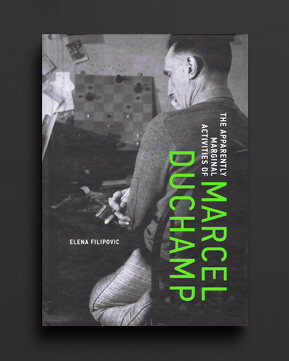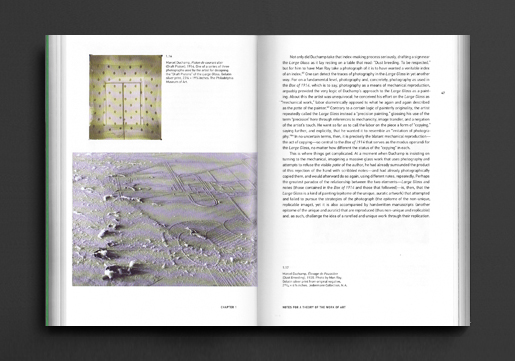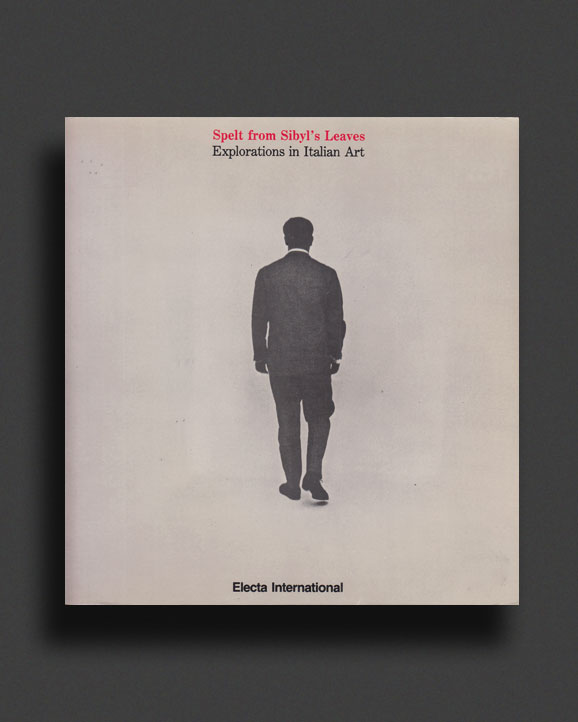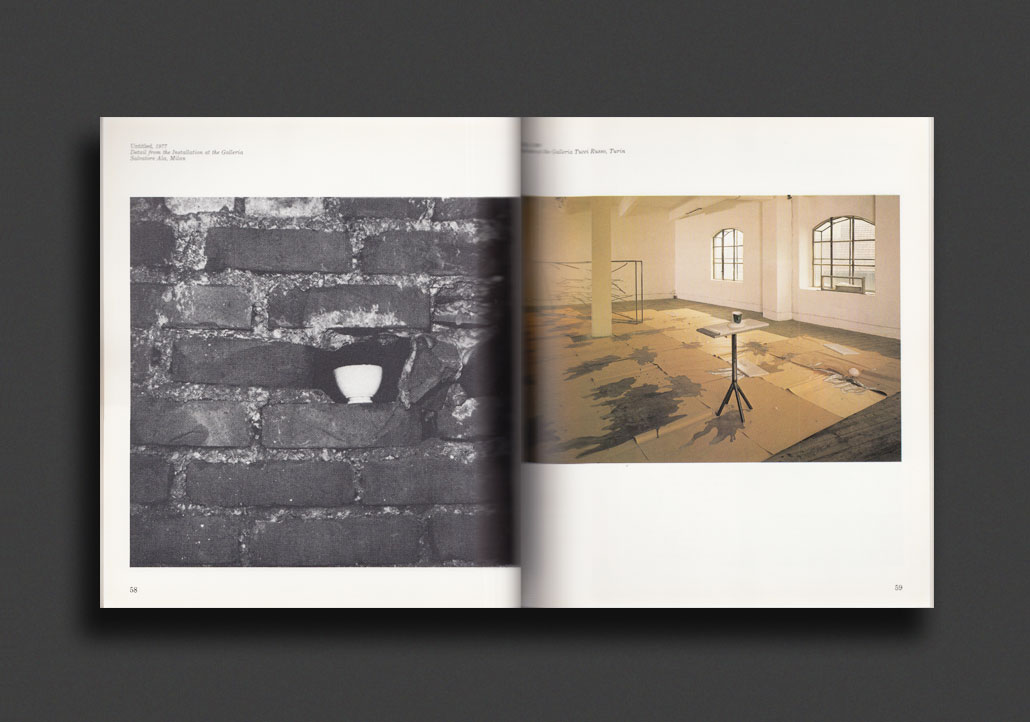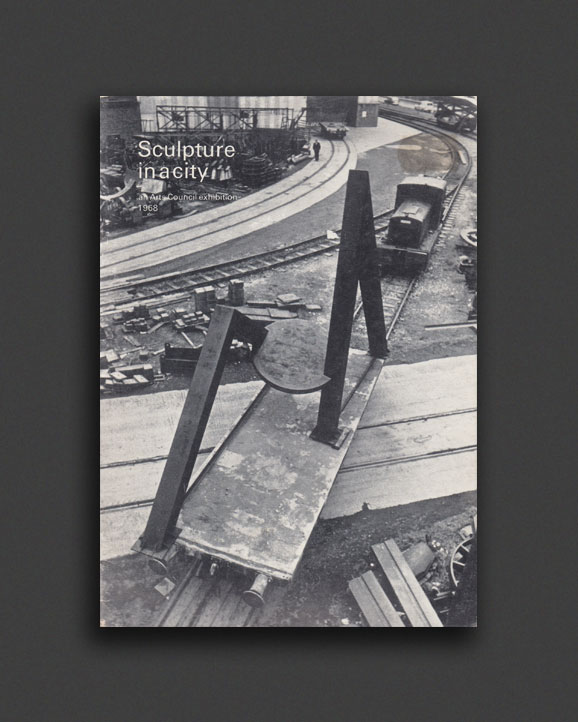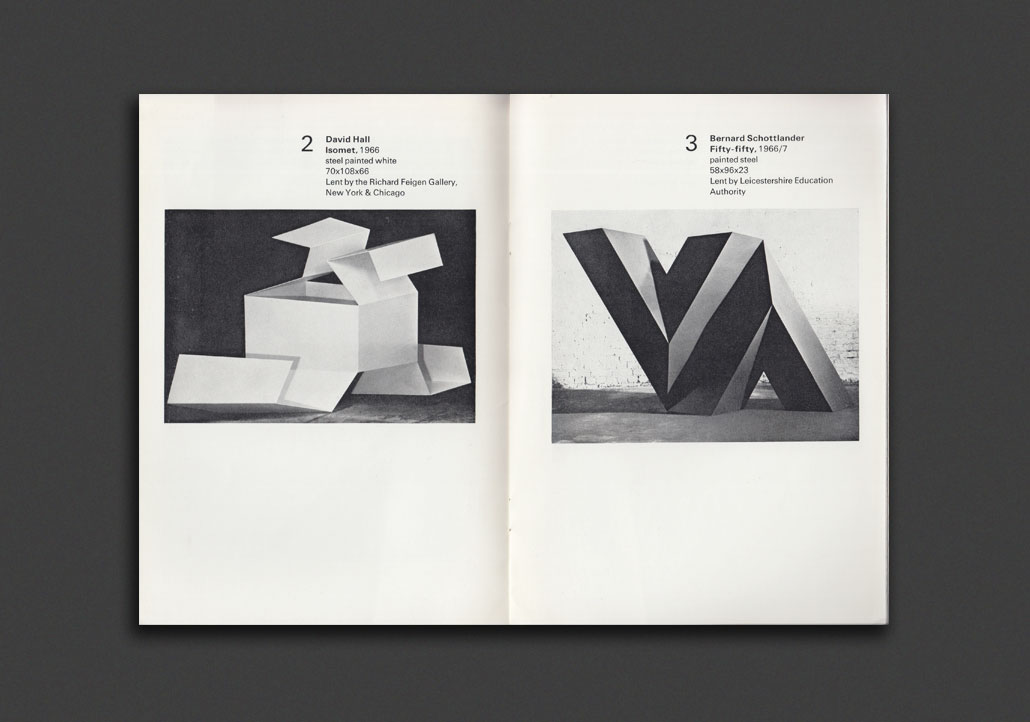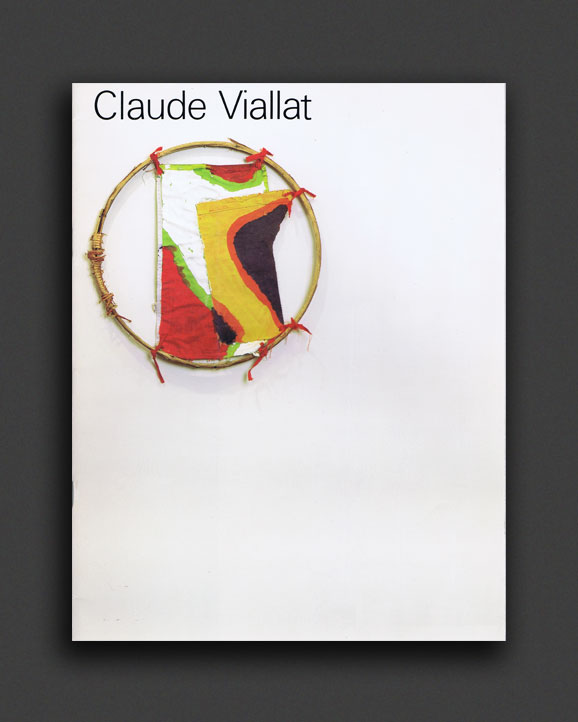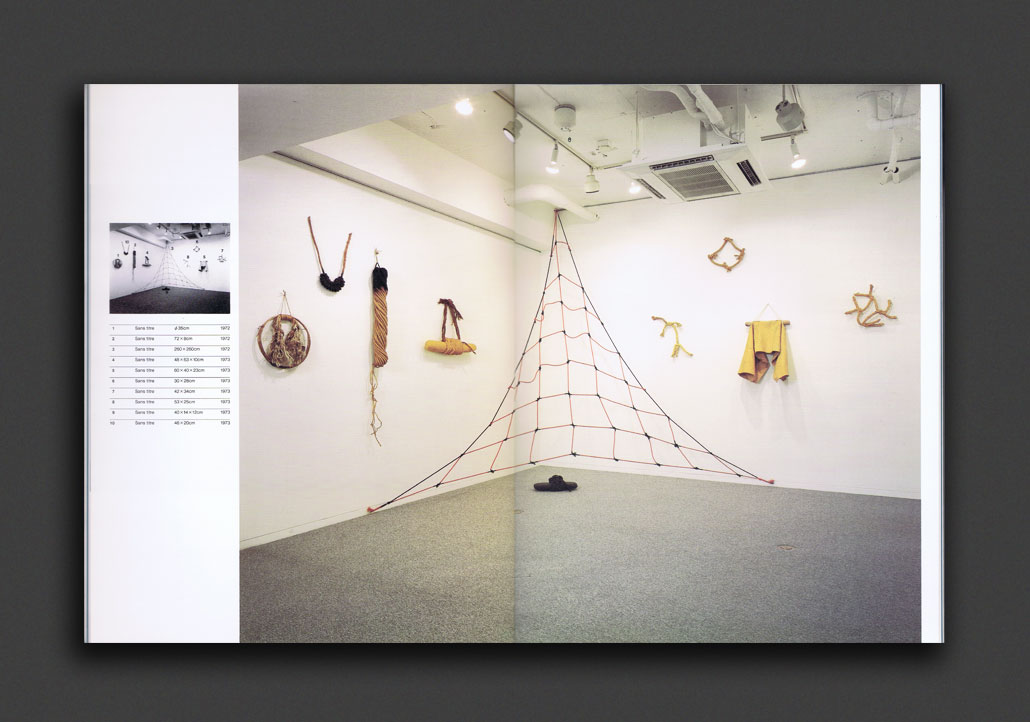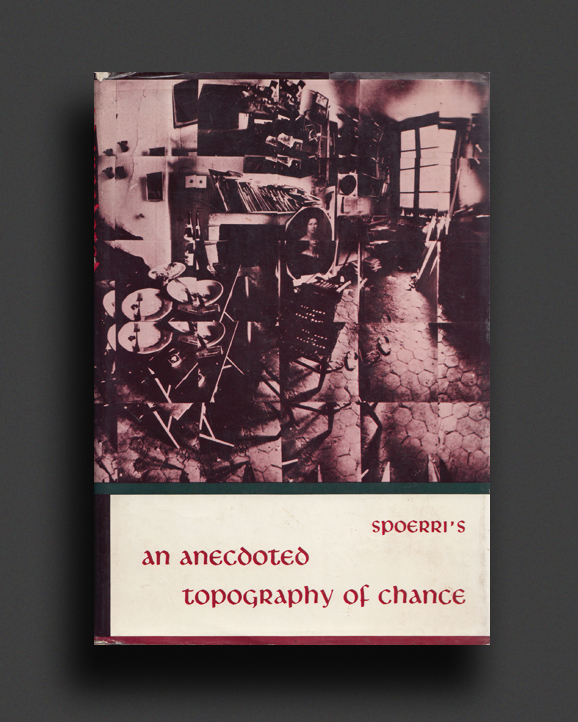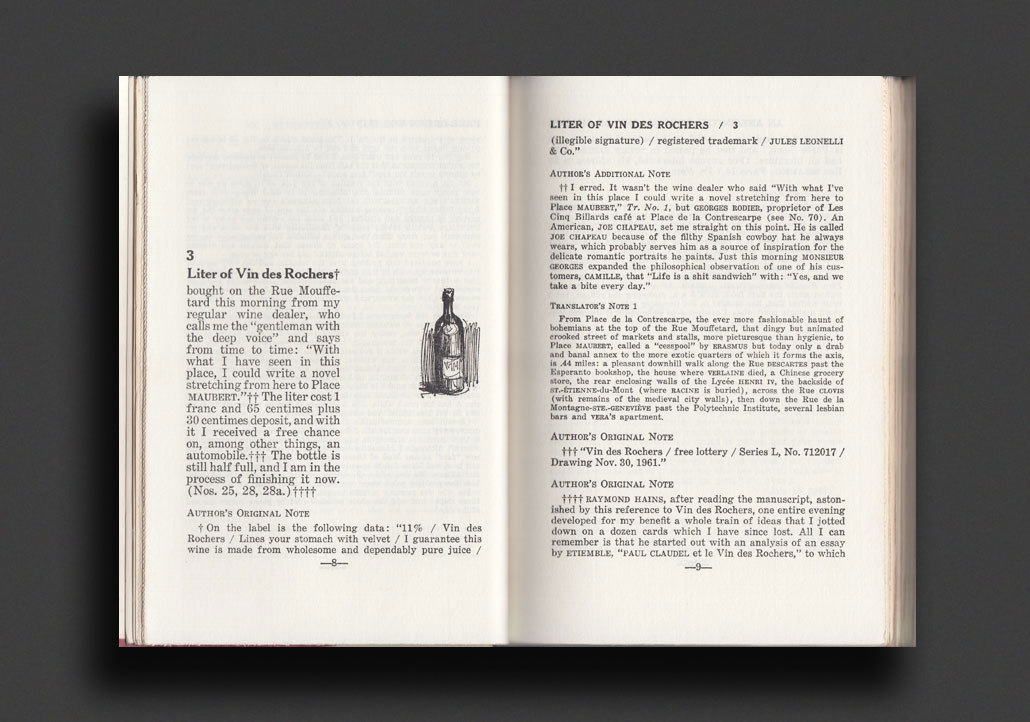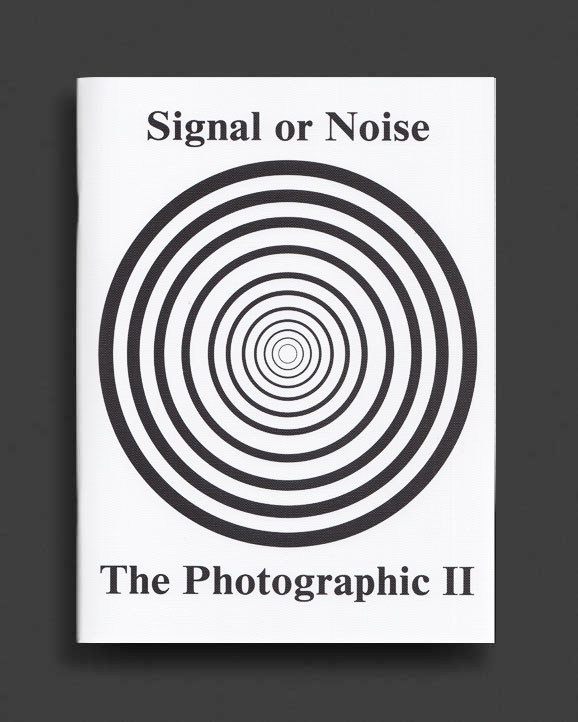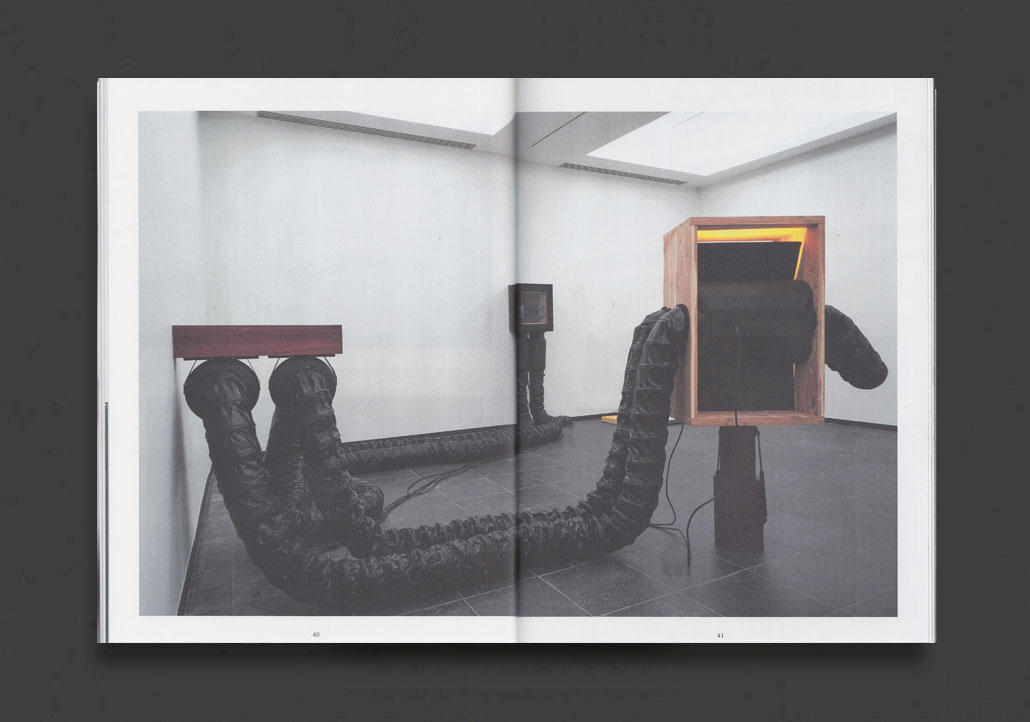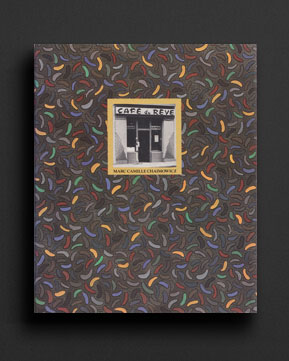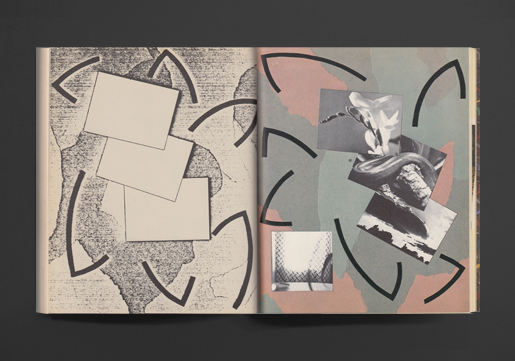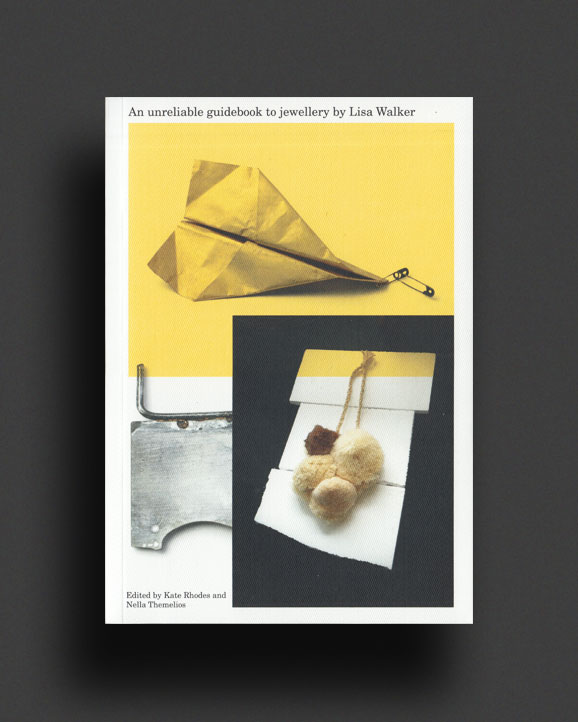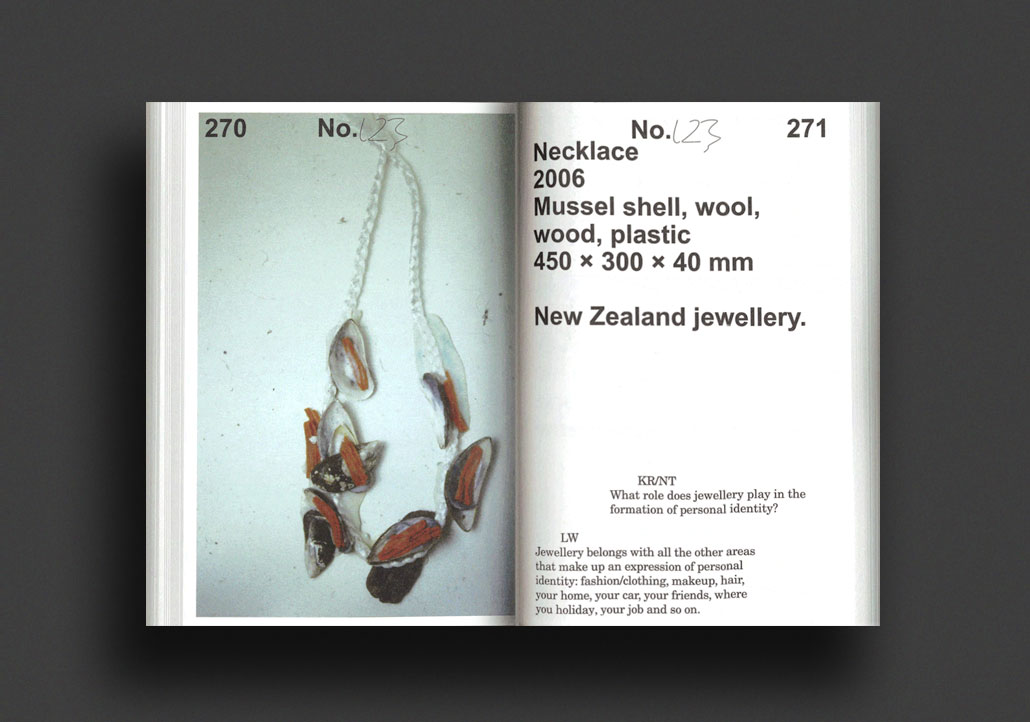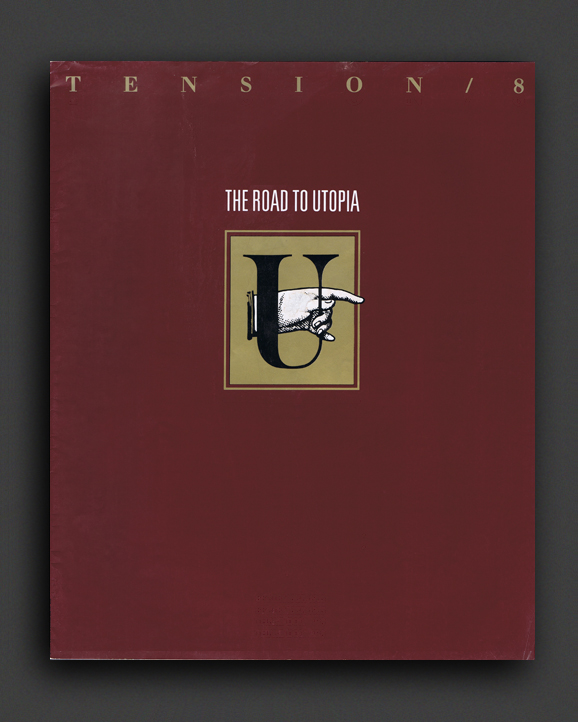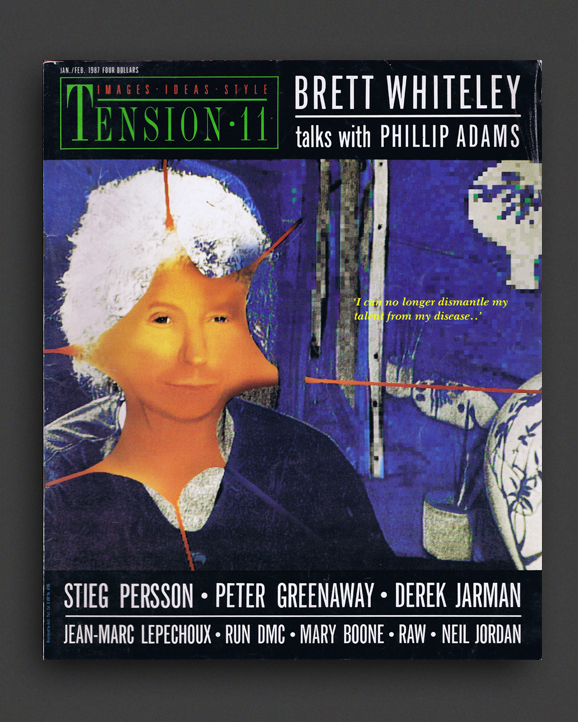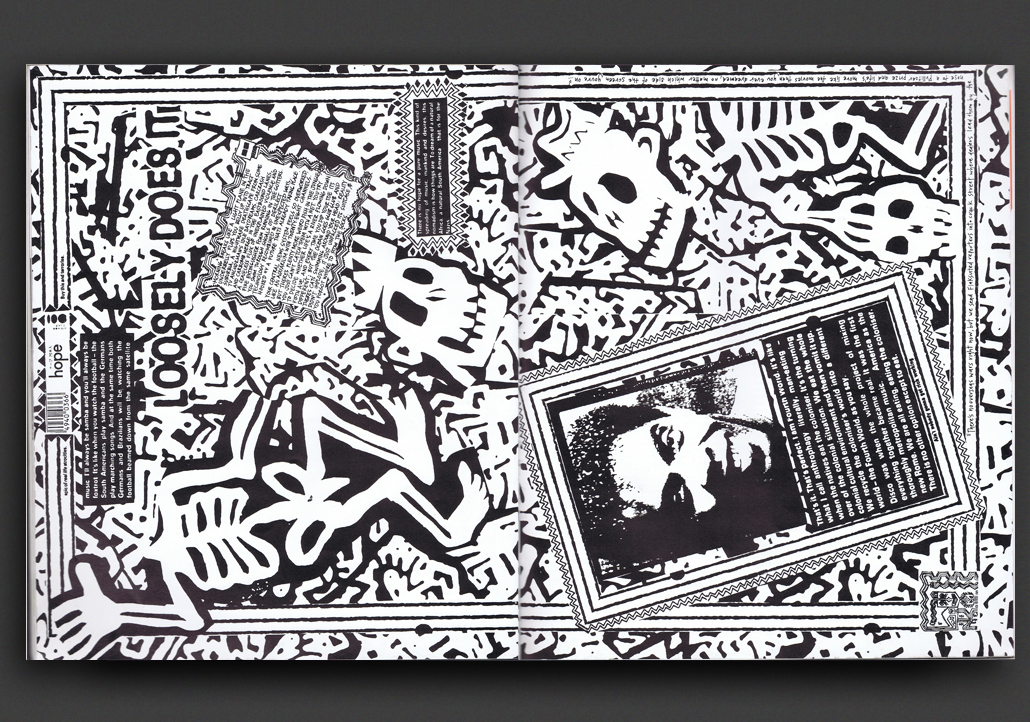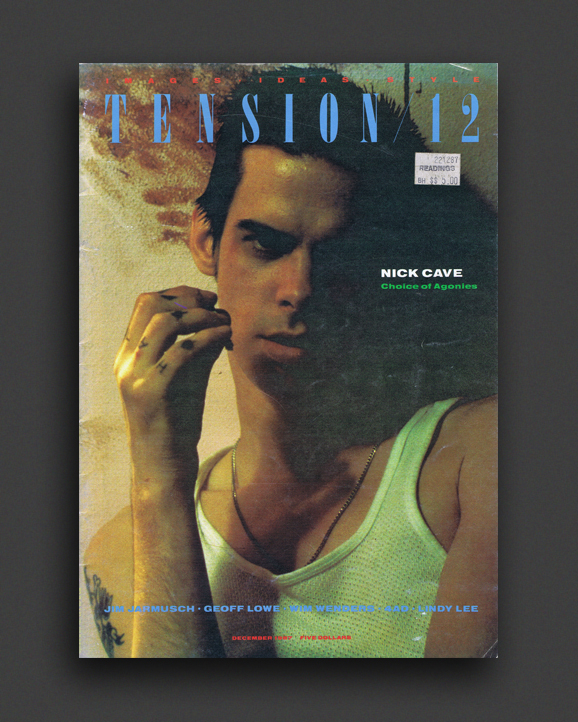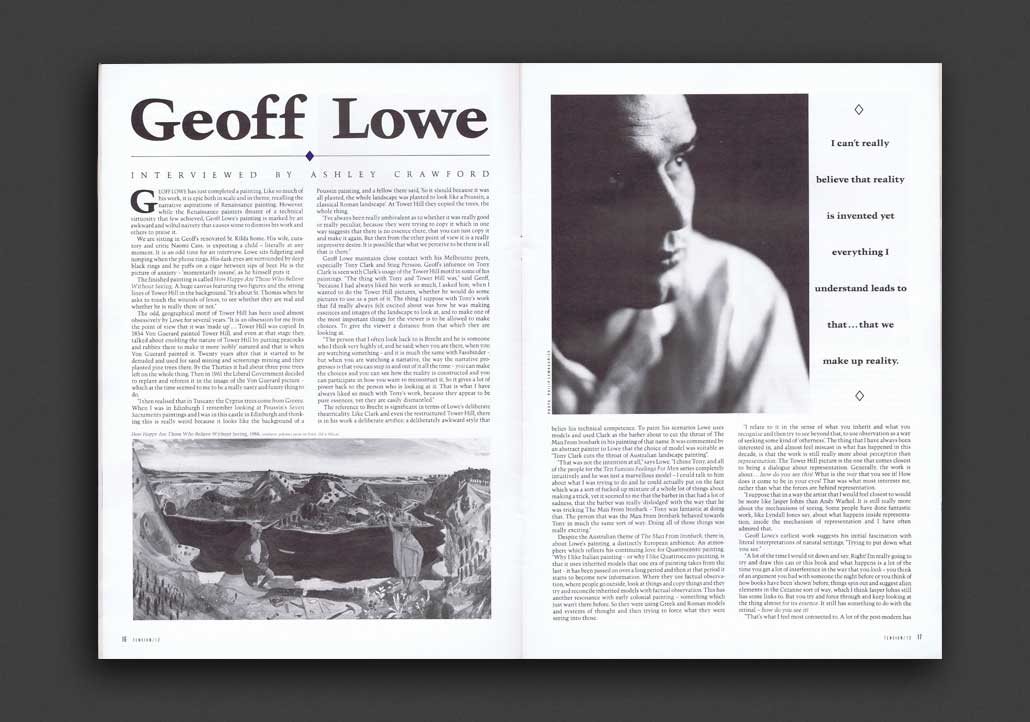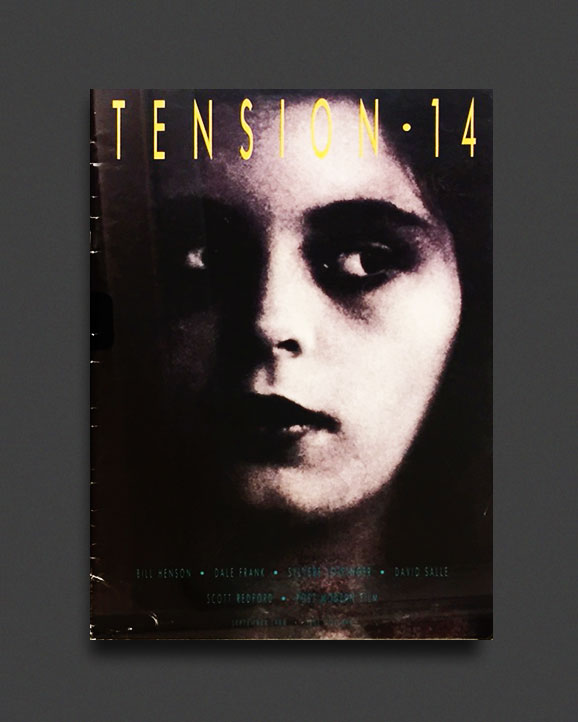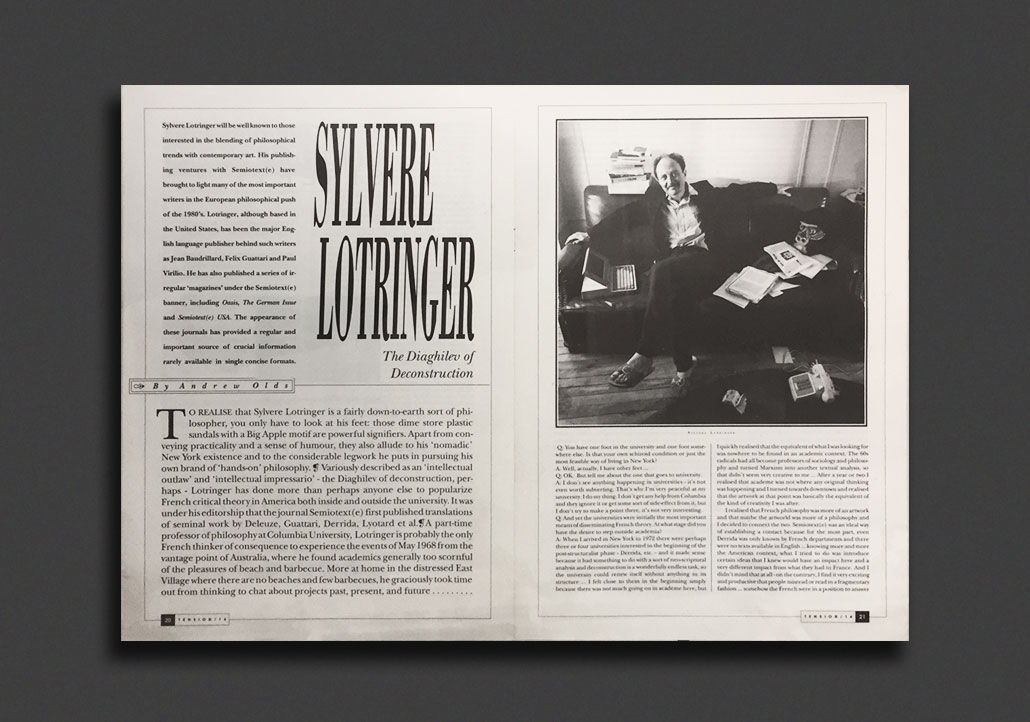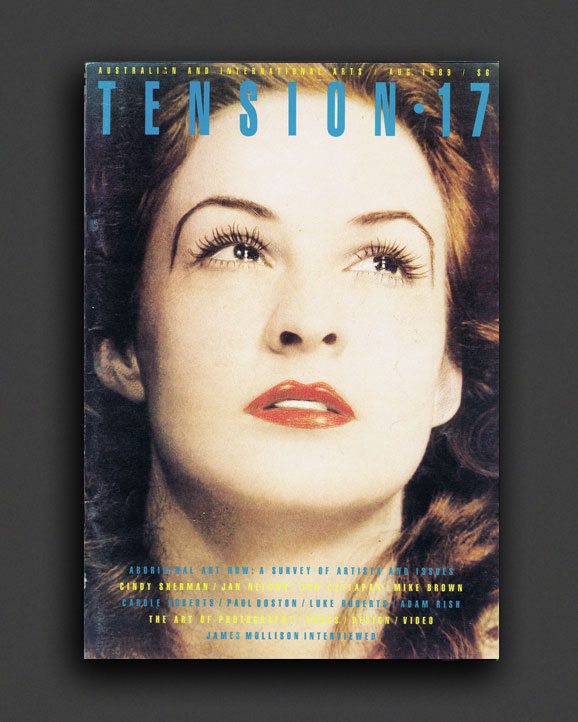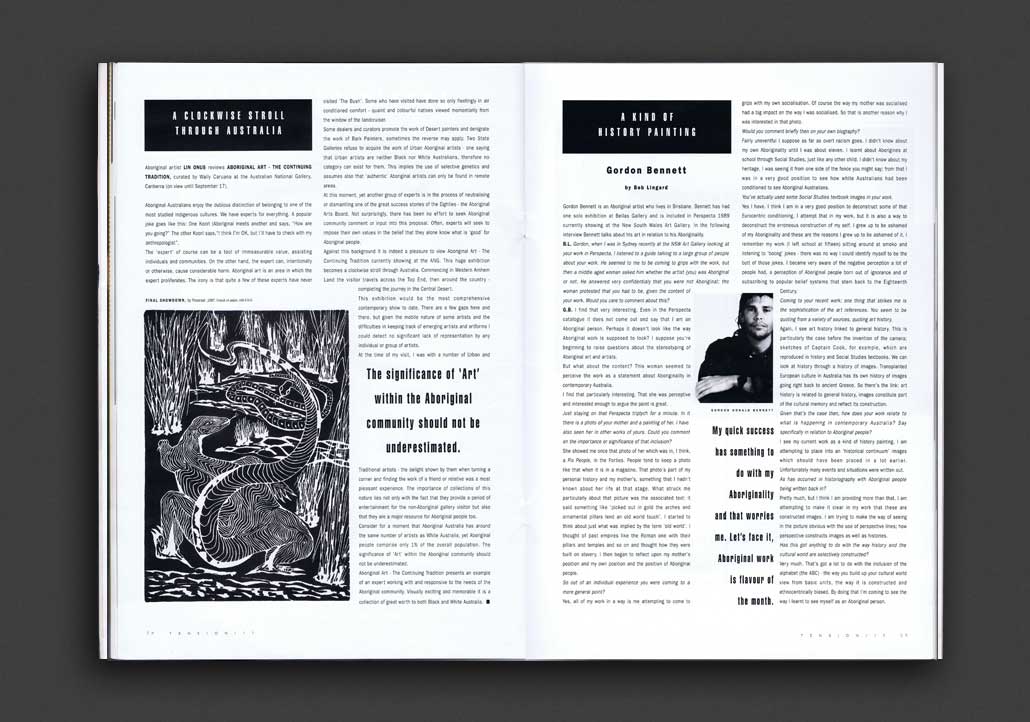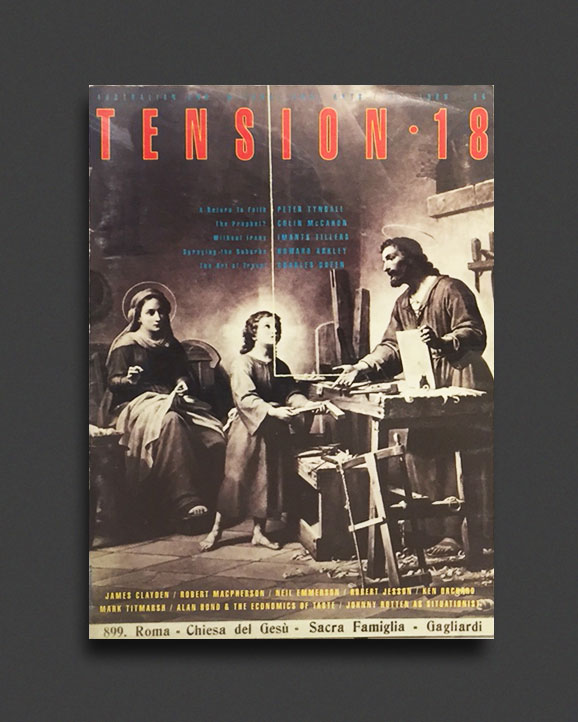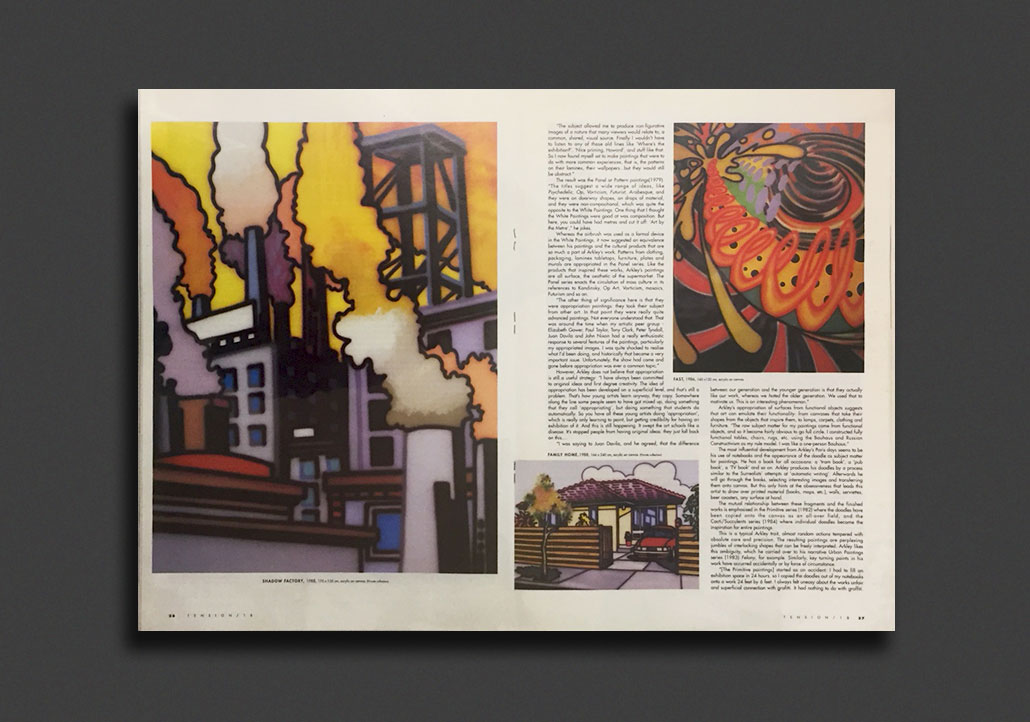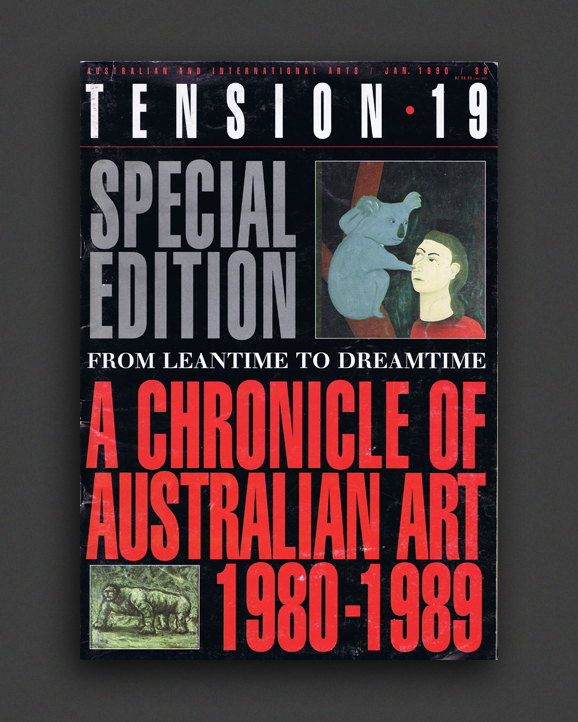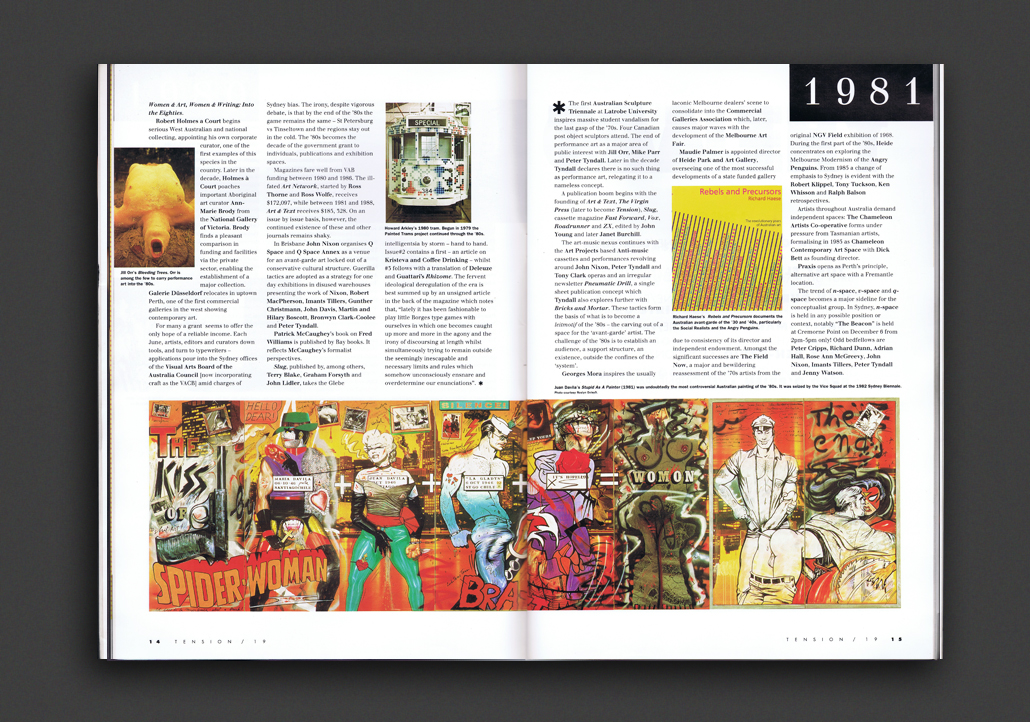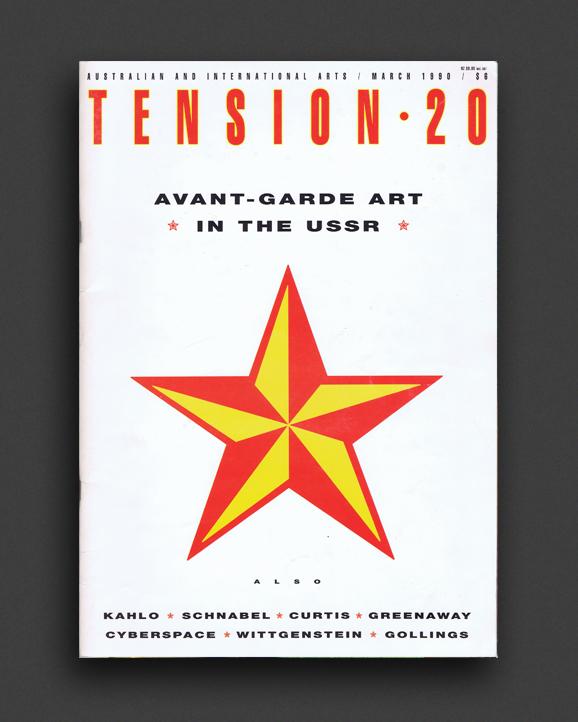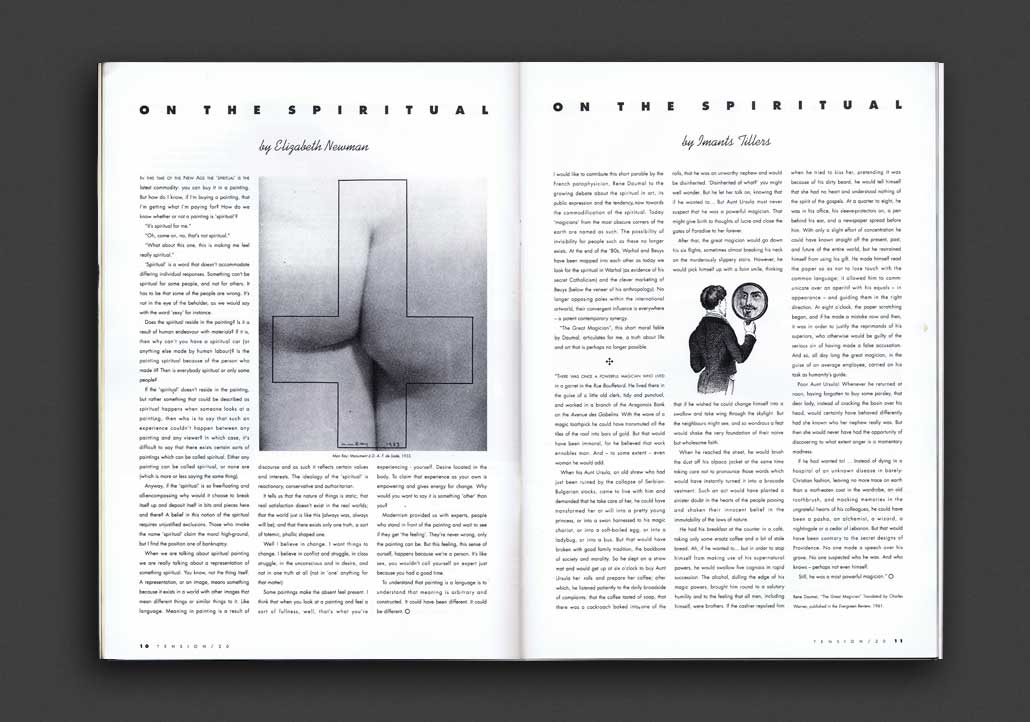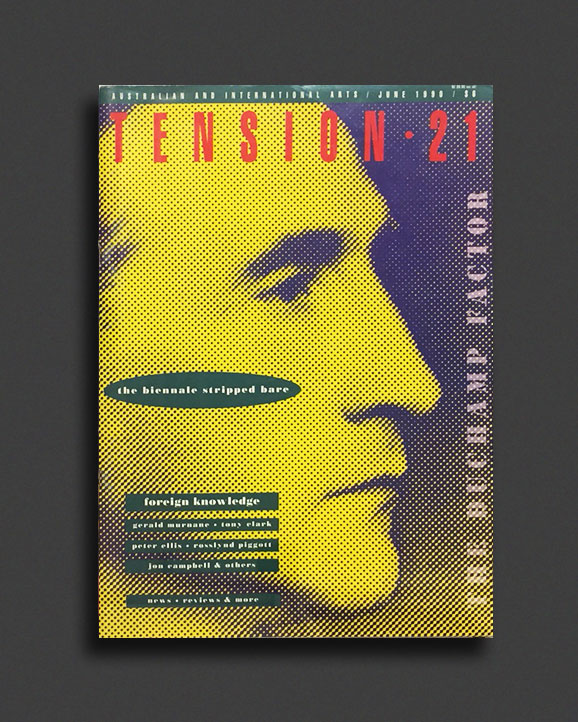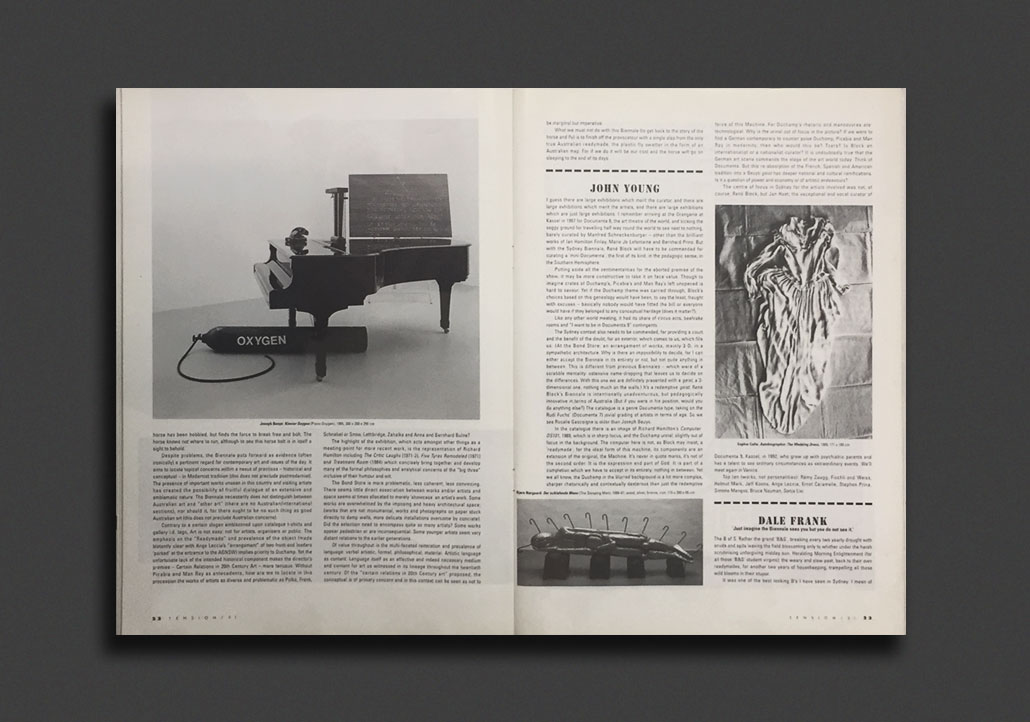(...less)
This groundbreaking and richly illustrated book tells a new story of the twentieth century’s most influential artist, recounted not so much through his artwork as through his “non-art” work. Marcel Duchamp is largely understood in critical and popular discourse in terms of the objects he produced, whether readymade or meticulously fabricated. Elena Filipovic asks us instead to understand Duchamp’s art through activities not normally seen as artistic—from exhibition making and art dealing to administrating and publicizing. These were no occasional pursuits; Filipovic argues that for Duchamp, these fugitive tasks were a veritable lifework.
Drawing on many rarely seen images, Filipovic traces a variety of practices and projects undertaken by Duchamp from 1913 to 1969, from his invention of the readymade to the release of his last, posthumous work. She examines Duchamp’s note writing, archiving, and quasi-photographic activities, which resulted in the Box of 1914 and the Green Box; his art dealing, marketing, and curating that culminated in experimental exhibitions for the Surrealists and his miniature museum, The Boîte-en-valise; and his administrative efforts and clandestine maneuvering in order to posthumously embed his Étant donnés into a museum. Demonstrating how those activities reflect the artist’s questioning of reproduction and originality, as well as photography and the exhibition, Filipovic proposes that Duchamp’s “non-art” labor, and in particular his curatorial strategies, more than merely accompanied his more famous artworks; in a certain sense, they made them.
Through Duchamp’s elusive but vital activities he revised the idea of what a modern artist could be. With this fascinating book, Filipovic in turn revises the very idea of Duchamp.
About the Author
Elena Filipovic, an art historian, is Director and Chief Curator of the Kunsthalle Basel. Among her curatorial projects is the traveling retrospective “Marcel Duchamp: A Work That Is Not a Work ‘of Art'” (2008-2009).
Endorsements:
“In the 1970s Lucy Lippard remarked that Duchamp was already too much written about. How, then, is one to contribute effectively to the Duchamp literature today, given that it has become all the more voluminous since? In The Apparently Marginal Activities of Marcel Duchamp Elena Filipovic finds a way, and does so with great intelligence. She claims, rightly, that the dominant readings of Duchamp have led to an occlusion of the ‘fugitive actions’ undertaken by Duchamp vis-à-vis the institution of art, and it is there that she locates her incisive study—specifically on ‘his role as administrator, archivist, art advisor, curator, publicist, reproduction maker, and salesman.’ Rather than see these activities as ancillary to his life as an artist, Filipovic locates them, brilliantly, at its center; they are indeed only ‘apparently marginal.’ This is just the book to reanimate discourse around Duchamp.”
—Hal Foster, Townsend Martin Class of 1917 Professor, Princeton University, author of Compulsive Beauty and Prosthetic Gods
“When an artist becomes a curator today, the exhibition is often treated like an extension of the artist’s medium. A century ago when Duchamp, having ceased to consider himself a professional artist, undertook to help out his friends by designing their exhibitions, did he think like a modernist fixated on medium specificity? This is the classic question that lies behind Elena Filipovic’s careful research in the archives. In light of her new syntheses, she rewrites the question to read: just how did Duchamp open up new possibilities for curators? The answer: the medium was not his message. Duchamp worked without professing, in a series of small, nonretinal steps; he avoided creating a single, prototypical model. He left behind a panorama of new ideas. Filipovic has collected them into a book that curators will come to regard as a resource.”
—Molly Nesbit, Professor of Art History, Vassar College, author of Their Common Sense
“In 1959, Marcel Duchamp referred to himself as ‘a non-artist.’ Exactly what he meant by this has never been fully explained until now, a lacuna in the vast literature on this artist that finally has been filled by Elena Filipovic’s marvelous new book, the first to deal with the various activities that preoccupied Duchamp when he wasn’t making art, particularly in the realm of curating (not only his own work, but that of his fellow artists in various exhibitions that he oversaw). Filipovic argues that these activities occur with such frequency and consistency in Duchamp’s life that they must be considered an integral component of his creative endeavors. The result is an entirely new way to look at the work of this important and highly influential artist.”
—Francis M. Naumann, author of The Recurrent, Haunting Ghost
“Yes, another Duchamp book. The one we least expected, but perhaps the one that we now need the most. Elena Filipovic’s brilliant book locates a ‘curatorial’ logic at the heart of Duchamp’s (deeply fascinating, often confusing, and impossibly disparate) activities. But more crucial even than its tracing of a long-ignored curatorial modernism, this book will in turn challenge what it might mean to curate today, at precisely the moment curators increasingly claim an artistic dimension for their own work.”
—George Baker, Professor of Art History, UCLA, author of The Artwork Caught by the Tail
File under:
Marcel Duchamp
Elena Filipovic
The MIT Press / Massachusetts
Art
Conceptual Art
Curatorial
Dada
Drawing
Painting
Sculpture / Installation
Surrealism
Theory / Essay




















































































































































